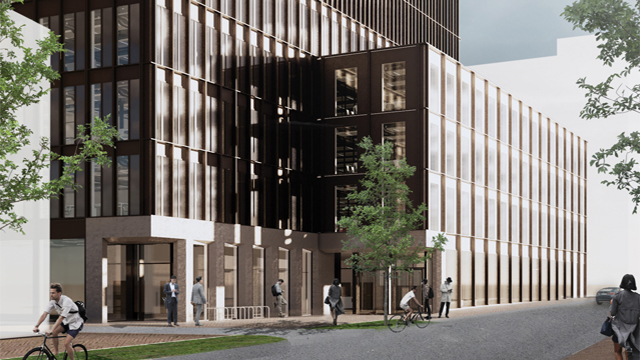UK commercial property investment has grown by 27% to £364bn in a decade, led by overseas investors and UK funds.
A new report from the Investment Property Forum, The size and structure of the UK property market 2013: A decade of change, also found that the value of the UK’s commercial property stock rose by 11% to £647bn in 10 years to mid-2013.
Looking at growth in property investment, the report found that overseas investors dominate the City office market – owning 56% of the total – and are the largest single owners of West End and Midtown offices, owning a third of the stock.
While overseas investors became the largest single type of investor doubling their presence to account for a quarter or £88bn of the £364bn invested, UK purchasers were not squeezed out, although institutional ownership was found to be in decline.
Domestic buyers collectively accounted for 76% or £277bn led by collective investment schemes more than doubling their activity to 16% or £59bn.
They were followed by REITs and listed propco’s up by almost a third to 14%, while private propcos showing no change at 14%.
Next came the sectors in decline: insurance companies – including unit-linked and managed property funds – fell by 29% to 11% or £41bn of the total, followed by segregated pension funds which were down by 1% to 8% of the total.
Finally the “rest”, mopping up traditional estates and charities, private individuals, local government and tenanted pub owners were up by 22% to 12% or £44bn.
Looking in more detail at UK institutional ownership – insurers and pension funds – the report found that the decline direct ownership conceals a shift to indirects where there has been a substantial overall increase since 2003.
Between these two groups the report found that insurance company direct ownership had declined due to changing asset allocation.
And while pension fund direct ownership also dropped this was more than offset by a sharp increase in indirect ownership – particularly equities – as property allocation remained stable on a growing capital pool.
In total it found that institution’s beneficial interests’ have grown to £115bn or one third of UK property.
Breaking down the £647bn total commercial stock in the UK by sector the IPF found that almost half – some 45% – comprised retail including “a lot in small lot sizes”.
Offices comprised 28% on £183bn followed by industrial on 18% and other – two thirds of which were hotels and leisure – comprised 9% of the total estimate reached by capitalising updated rateable values.
The London market was the major driver of this growth where total stock went up 47% as the capital benefited from both occupier demand/rental growth and investor demand/yield compression.
Outside London the market lost out from sluggish rents and higher yields, partly offset by high new development.
Looking at the growth by sector the growth was driven by out-of-town retail and other commercial.
For the first time the IPF research also looked at how residential property compares with commercial.
It found that commercial investors’ interests in £4.6trn of total residential stock is relatively small relative to both the size of the £837bn private rented sector at circa 2% including student accommodation.
It also concluded that residential was only a small slice of their property portfolios representing around 5%.
Alan Patterson, global head of real estate research at AXA REIM and chair of the IPF project steering group, said: “The past 10 years have seen significant changes in the UK property investment market: the rise of residential sector, the shift from domestic institutional to foreign ownership of central London, and the declining dominance of retail property.
“This new analysis reflects these changes and is particularly important for those benchmarking against the market.”
Author of the report, Paul Mitchell, of Paul Mitchell Real Estate Consultancy, said: “The growth in investors’ holdings of UK property over the decade not only reflects overseas buyers’ huge appetite but also the expertise of domestic investors in developing new buildings and opening-up new markets such as health care, budget hotels, and student accommodation. The next decade will require further innovation.”
?bridget.oconnell@estatesgazette.com











